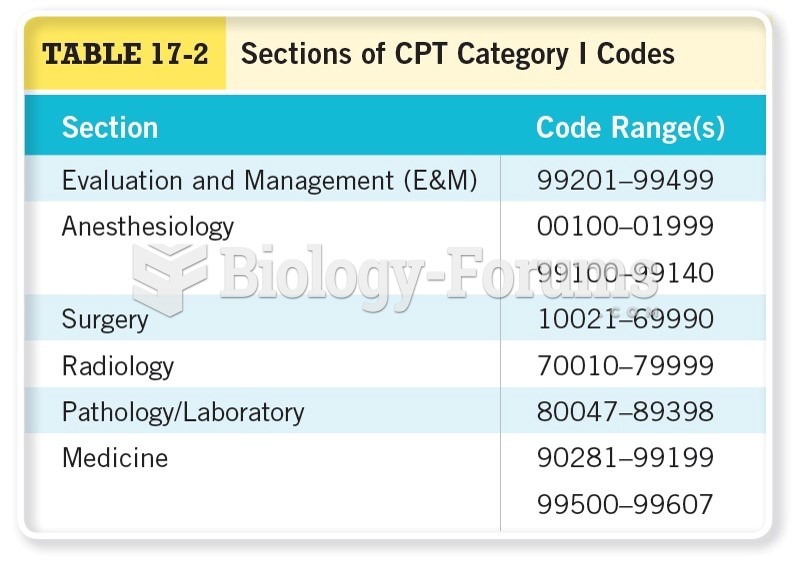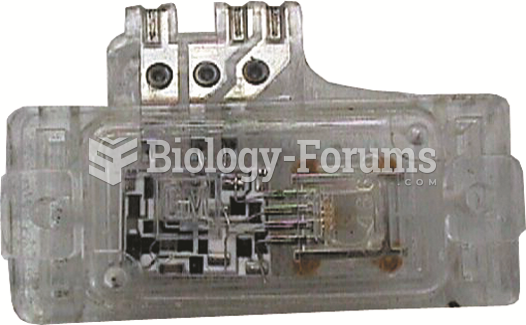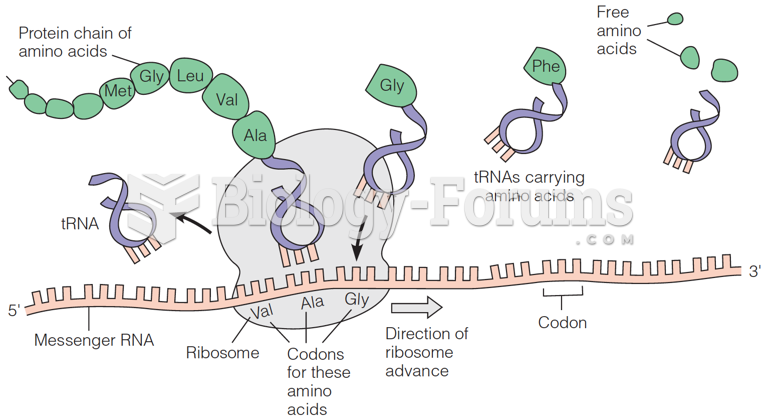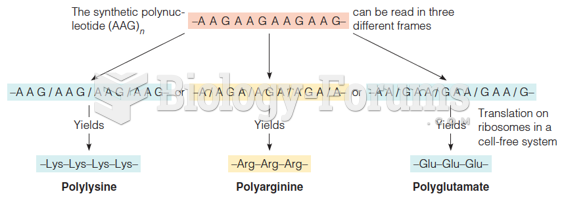Code the following cases for inpatient facility purposes using ICD-9-CM and ICD-10-CM and PCS codes.
Calculate the MS-DRG.
Identify the principal vs. secondary diagnoses and procedures.
Use external cause codes when appropriate.
Do NOT code procedures that are captured by the facility chargemaster.
Secondary diagnoses and procedures do not need to be sequenced in any particular order.
Enter "None" when no code is required.
INPATIENT HOSPITAL
Health Record Face Sheet
Record Number: 71-50-77
Age: 44
Gender: Female
Length of Stay: 3 Days
Service Type: Inpatient
Discharge Status: To Home
Diagnosis/Procedure: Uterine fibroids.
Total abdominal hysterectomy.
Bilateral salpingo-oophorectomy.
DISCHARGE SUMMARY
PATIENT: MELISSA INPATIENT
ADMITTED: 06-15-XX
DISCHARGED: 06-17-XX
PHYSICIAN: DR. ALEX, M.D.
DIAGNOSIS: Uterine fibroids.
PROCEDURE: 1. Total abdominal hysterectomy.
2. Bilateral salpingo-oophorectomy.
HISTORY OF THE PRESENT ILLNESS: This is a 44-year-old Gravida 1, Para 1, female who was noted to have an enlarged and irregular uterus on examination. The patient had an ultrasound, which confirmed that she had enlarged irregular fibroids. Alternatives for treatment have been discussed with the patient including continuing to watch this or a hysterectomy. The patient has noted that she has had pelvic discomfort for some time, which has gradually gotten worse and intensified in her back and seems to be cyclic and related to her menstrual periods. She had a hysteroscopy and dilatation and curettage 2 years ago for irregular bleeding and is scheduled now for a total abdominal hysterectomy and bilateral salpingo-oophorectomy. The patient understands that removing the ovaries will require estrogen replacement therapy.
HOSPITAL COURSE: The patient underwent a total abdominal hysterectomy and bilateral salpingo-ooporectomy without complications. The patient's hematocrit was slightly down after surgery but was not enough to warrant a blood transfusion. The patient's hematocrit was watched over the next several days and was stable. The patient was able to be discharged on postoperative day two.
DISCHARGE PLANS: The patient was provided discharge education and instructions regarding care after a total abdominal hysterectomy. The patient and family voiced understanding of instructions and discharge prescriptions. Patient is to return to my office for follow up visit six weeks post op or immediately if she experiences a fever or any other complications.DR. ALEX, M.D.
Electronically authenticated by Dr. Alex, M.D., 06-21- xx 856
HISTORY AND PHYSICAL
PATIENT: MELISSA INPATIENT
ADMITTED: 06-15-XX
DISCHARGED:
PHYSICIAN: DR. ALEX, M.D.
CHIEF COMPLAINT: Patient presents with enlarged irregular uterus on examination.
HISTORY OF PRESENT ILLNESS: This is a 34-year-old Gravida 1, Para 1, female who was noted to have an enlarged and irregular uterus on examination. The patient had an ultrasound, which confirmed that she had enlarged irregular fibroids. Alternatives for treatment have been discussed with the patient including continuing to watch this or a hysterectomy. The patient has noted that she has had pelvic discomfort for some time, which has gradually gotten worse and intensified in her back and seems to be cyclic and related to her menstrual periods. She had a hysteroscopy and dilatation and curettage 2 years ago for irregular bleeding and is scheduled now for a total abdominal hysterectomy and bilateral salpingo-oophorectomy. The patient understands that removing the ovaries will require estrogen replacement therapy and she understands this.
PAST MEDICAL HISTORY: No prior serious illnesses. She had a sinus surgery in the remote past and a hysteroscopy dilatation and curettage 2 years ago. She was diagnosed with thoracic outlet syndrome 2 years ago. When the patient underwent her sinus surgery, she did have a reaction to anesthesia and wound up going into pulmonary edema and was in the intensive care unit for several days.
DRUG ALLERGIES: Sulfa and the reaction she had to general anesthesia in the past.
MEDICATIONS: Effexor 75mg two daily and KCL tid, Moduretic and Ortho-Novum 1/50.
FAMILY HISTORY: The patient's mother died at age 79 with heart disease and her father died at age 54 from an aortic aneurysm. Mother also had colon cancer. Father also had hypertension. SOCIAL HISTORY: Rare alcohol and no tobacco or drugs. There is no history of domestic abuse. She works full time as an accountant.
REVIEW OF SYSTEMS: Unremarkable.
PHYSICIAL EXAMINATION: HEENT: Unremarkable.
NECK: No thyromegaly or lymphadenopathy.
CHEST: Clear bilaterally.
CARDIOVASCULAR: Regular rate and rhythm with no murmurs. S1, S2, sounds are normal.
BREASTS: No palpable masses.
ABDOMEN: No palpable organomegaly or masses noted.
GENITORECTAL: Pelvic exam shows the external genitalia, vagina, and cervix is normal. The uterus is retroflexed and very irregular at 12 - 14 weeks size. It is very prominent on the left and tender to palpation. Adnexal examination is unremarkable. Rectal exam is negative for guaiac.
EXTREMITIES: Unremarkable.
NEUROLOGIC: Unremarkable.
DIAGNOSIS: Uterine fibroids.
PLAN: Total abdominal hysterectomy and bilateral salpingo-oophorectomy.DR. ALEX, M.D.
Electronically authenticated by Dr. Alex, M.D., 06-21-xx 856
OPERATIVE REPORT
PATIENT: MELISSA INPATIENT
DATE: 06-15-XX
SURGEON: DR. ALEX, M.D.
PREOPERATIVE DIAGNOSIS: Uterine fibroids.
POSTOPERATIVE DIAGNOSIS: Uterine fibroids.
OPERATIVE PROCEDURE:
1. Total abdominal hysterectomy.
2. Bilateral salpingo-oophorectomy.
ANESTHESIA: Spinal anesthesia.
DESCRIPTION: Under adequate spinal anesthesia, a lower abdominal transverse incision was made with a knife to the level of the fascia and then continued with the scissors. Some hemostasis was obtained with cautery due to excessive subcutaneous bleeders. The fascia was divided and the muscles divided in the midline and peritoneum easily entered. An O'Connor-O'Sullivan retractor was inserted and the lower abdomen was explored. The upper abdomen was not explored as the patient only had spinal anesthesia. The lower abdomen appeared normal and the appendix was also normal. The uterus was retroflexed and there were multiple uterine fibroids. The adnexa bilaterally appeared essentially normal. The round ligaments were ligated on either side and divided and the bladder flap developed anteriorly. Pelvic ligament was isolated and clamped with curved Heaney clamp, divided, and doubly tied with 0-Vicryl suture. Uterine vessels were then clamped with curved Heaney clamp, divided, and tied with 0-Vicryl suture. Straight Heaney was then placed in each of the cardinal ligaments. These were then divided with a knife and tied with 0-Vicryl suture. Curved Heaney was then placed in each of the uterosacral ligaments and these were then divided with scissors and tied with 0-Vicryl sutures. A TA-55 stapler was then placed across the vaginal cuff below the cervix. The staple was applied and the cuff divided from the cervix with a knife. There was good excision of the cervix and good closure of the vaginal cuff.
The pelvis was then re-peritonealized after typing the cardinal ligaments to the cuff in the midline. No bleeding was noted from any of the operative sites. The ureters appeared normal in peristalsis and caliber. The moist laps and retractor were removed and the parietal peritoneum then closed with 0-Vicryl running suture and the muscle was closed with interrupted 0-Vicryl suture and the fascia with 0-Monocril running suture. Subcutaneous tissue with 2-0 Vicryl running suture and the skin was closed with 2-0 Prolene running subcuticular stitch. Sponge count, needle count, and instrument count were correct. Blood loss was 200 cc.
DR. ALEX, M.D.
Electronically authenticated by Dr. Alex, M.D., 06-21-xx 856
PATHOLOGY REPORT
PATIENT: MELISSA INPATIENT
DATE: 06-15-XX
SURGEON: DR. ALEX, M.D.OPERATION: Total abdominal hysterectomy with bilateral salpingo-oophorectomy.
GROSS DESCRIPTION: The specimen is received in formalin in one container labeled "uterus and ovaries" and consists of a 120.0 x 7.1 x 6.4 cm, 230 grams, uterus with contiguous cervix, as well as separate ovaries, each with its corresponding fallopian tube. The uterine serosa and ectocervical mucosa are pink-tan, smooth and reflective. The uterine fundus is misshaped by numerous subserosal and intramural tumors. The uterus is dissected into anterior and posterior halves revealing a patent endocervical canal and an endometrial cavity lined by a thin pink-tan mucosa. The cut surfaces of the cervix show few, small, submucosal cysts, up to 0.2 cm in diameter. The cut surfaces of the uterus show many, firm, off-white, circumscribed, submucosal, intramural, and subserosal tumors ranging from 0.2-3.2 cm. One ovary is 3.1 x 2.1 x 1.0 cm and its corresponding fallopian tube, 4.2 cm long and 0.5 cm in diameter. The other ovary is 2.5 x 1.9 x 0.9 cm and its corresponding fallopian tube, 4.6 cm long and 0.5 cm in diameter. The cortical surface of each ovary is firm, white-tan and somewhat convoluted. The tubal serosa of each tube is pink-tan, smooth and reflective. The fimbrias are intact.
The cut surfaces of the larger ovary show a 1.3 cm cyst. The cut surfaces of the other ovary are unremarkable. The cut surfaces of each fallopian tube are unremarkable.Representative sections are submitted. Summary of sections:
A- Anterior uterus.
B- Posterior uterus.
C- Anterior cervix.
D- Posterior cervix.
E- Largest leiomyoma.
F/G- Ovaries and fallopian tubes.
MICROSCOPIC DESCRIPTION: Microscopic examination is performed.
DIAGNOSIS:
1. Uterus, cervix, right and left ovaries and fallopian tubes, hysterectomy with bilateral salpingo-oophorectomy.
2. Weakly proliferative endometrium.
3. Multiple benign leiomyomata, up to 3.2 cm in greatest dimension.
4. Atrophic ovaries, bilateral, one with corpus luteum cyst.
5. Histologically, unremarkable fallopian tubes, bilateral.Dr. PATH
Electronically authenticated by Dr. Path, 06-22-xx 556ICD-9-CM diagnosis code(s): PDx_____________________
SDx _____________________
ICD-9-CM procedure code(s): PPx_____________________
SPx_____________________
ICD-10-CM diagnosis code(s): PDx_____________________
SDx _____________________
ICD-10-PCS procedure code(s): PPx_____________________
SPx_____________________
MS-DRG: _____________________







